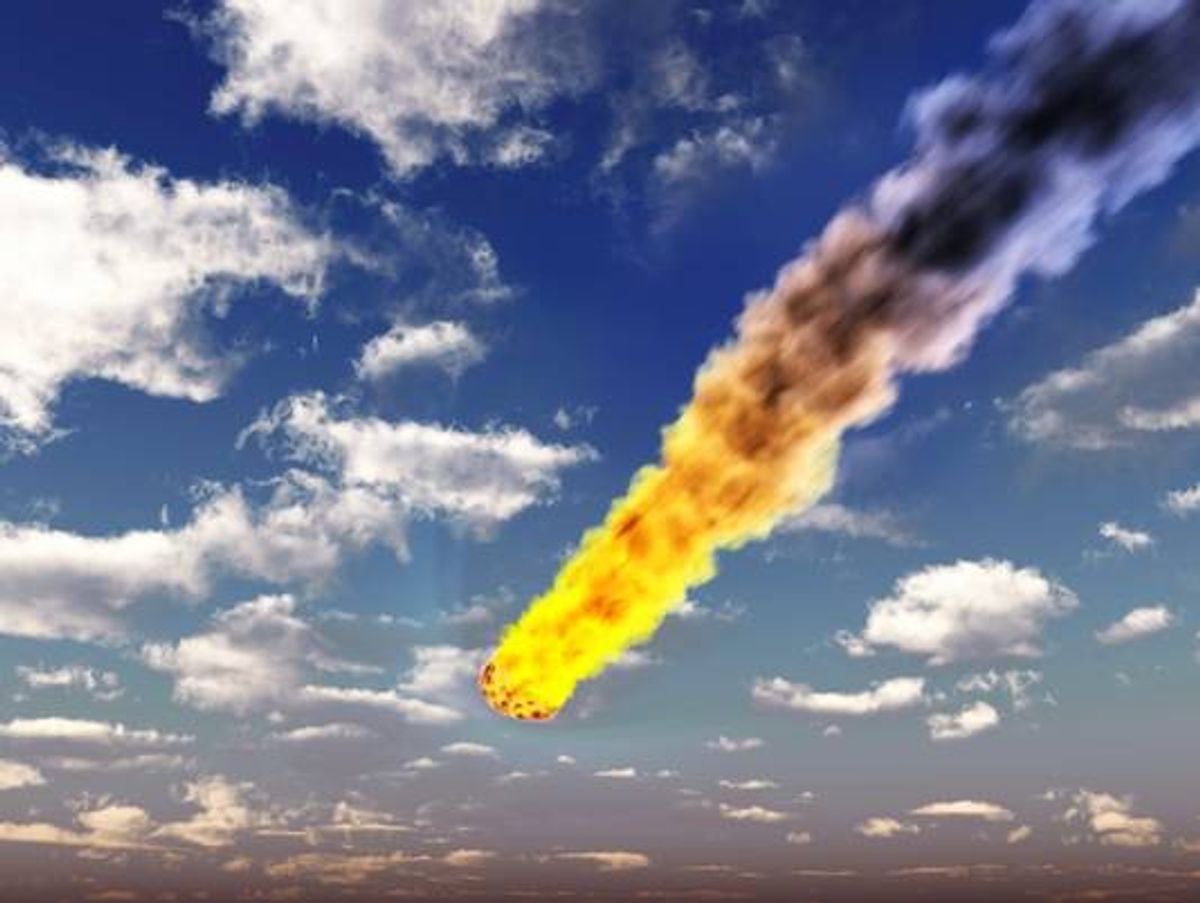Tonight, star gazers will be able to witness the peak of the annual Eta Aquarid meteor shower. Each spring the Earth passes through a trail of debris left by Halley's comet, and when it does, Earth-dwellers are treated to a stunning spectacle of "shooting stars," or meteors. As NASA explains, the comet's "cosmic bits burn up in our atmosphere and create the annual Eta Aquarid meteor shower."
NASA explains that the meteor shower can best be observed from midnight until dawn, but peak hours will be from 3 a.m. to 5 a.m., per your local time. At the shower's peak, there will be up to 30 meteors per hour in the Northern Hemisphere and double that per hour in the Southern Hemisphere, according to Space.com. Dark sky, away from city lights, is the best place to observe the meteor shower. However, if you can't escape the bright city, you can watch it here via NASA's Ustream at around 8:30 p.m. EDT:
Live streaming video by Ustream
Comets are made of ice and organic material, and have been called "dirty snowballs." NASA describes why comets have tails:
"A comet warms up as it nears the sun and develops an atmosphere, or coma. The sun's heat causes ice on the nucleus surface to change to gases so that the coma gets larger. The coma may be hundreds of thousands of kilometers in diameter. The pressure of sunlight and high-speed solar particles (solar wind) blows the coma materials away from the sun, forming a long, and sometimes bright, tail. Comets actually have two tails -- a dust tail and a plasma (ionized gas) tail."
Halley's is one of the more famous comets, and in its 76-year orbit around the sun it leaves a trail of ice chunks. It was last observed with the naked eye in 1986. (Halley's is not to be confused with the comet Hale-Bopp, which was discovered in 1995 and seen in 1996 and 1997.)
"We now know that comets are leftovers from the dawn of the solar system around 4.6 billion years ago," NASA explains. And tonight we can watch pieces of our cosmic history fall into the Earth's atmosphere.

Shares